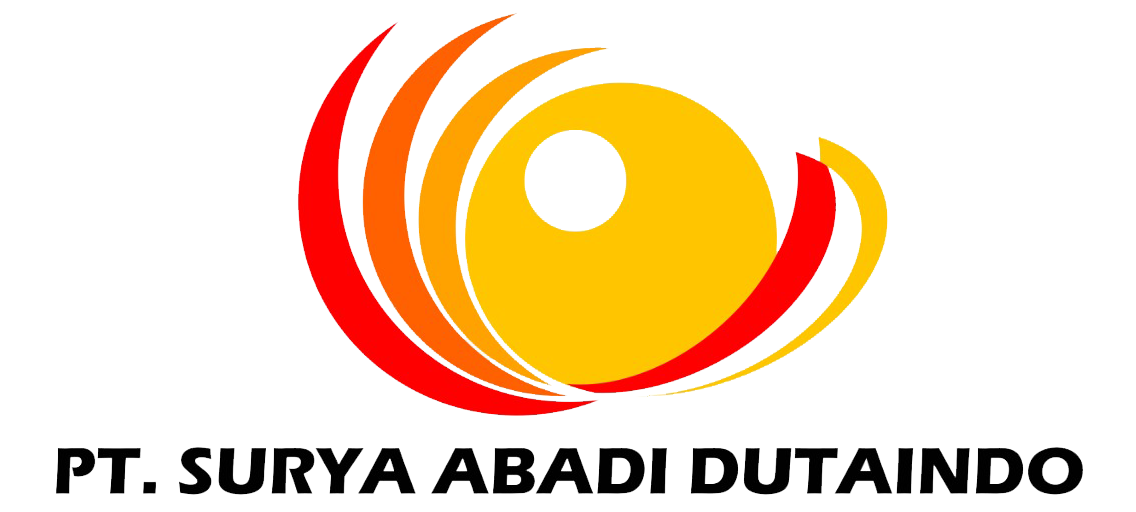What Is Asynchronous Communication & How Do You Use It?
- Posted by Surya Abadi Dutaindo
- On 25 September 2020
Slab is a robust knowledge base tool that allows you to organize company documents, hiring checklists, leave policies, previous project records, etc., on a common platform accessible to all your employees. A knowledge base software typically houses frequently asked questions, product https://remotemode.net/ tutorials, and how-to articles. When employees cannot get an immediate response from a co-worker, they can always rely on knowledge bases, acting as repositories for company files and documents. Use it to add due dates to every task, so your teammates know the deadlines.
Gone unchecked, these can quickly become a drain on workplace productivity and employee engagement. Asynchronous communication has quickly become a buzz word in the corporate workspace. Rather, it’s the tools at our disposal that are giving asynchronous communication a new revival. Knowledge hub tools such as Slab help to encourage asynchronous learning and skills sharing. Slab provides an accessible resource base for employees to access information about teams. Knowledge nuggets and briefs can be included within specific folders for team members to access at leisure, without disrupting colleagues.
Business Communication Skills You Need to Succeed
Definition of asynchronous communicationAsynchronous communication is an exchange of information where the sender transfers the information without synchronizing the schedule with the receiver. In simpler terms, it is an exchange where one party provides information without the other party responding immediately. Helpjuice supports both synchronous and asynchronous collaboration, as well. Teammates can leave comments, make suggestions, or confirm changes made within your knowledge documents — keeping others in the loop as they do. Generally speaking, async meetings will have team members checking in at routine times throughout the week, and whenever they reach a milestone or problem in their work. In either case, they’ll use the prompts given as a starting point for their response — and can expand on their comments as needed.
- Another challenge is the need to correlate multiple data streams that encompass both synchronous and asynchronous collection methods.
- They can help you store information collectively, thus forming the best place for online collaboration and, consequently, asynchronous communication.
- If you’re like most people, you probably tend to give better answers when you have the time and space to think properly about the question.
- This could be a WhatsApp group, an emergency email address, or a cell phone number.
Most — if not all — asynchronous engagements are recorded in some way or another. This will give them time to collect their thoughts, provide more information and deeper explanations, and alleviate any possible misunderstandings their listeners may have. Similarly, if the recipient doesn’t need to act immediately — or if they are clearly unavailable — an async message will do.
Asynchronous communication definition
With that, I will leave you to try new asynchronous communication tools such as ProofHub which can, believe me, make your professional life a whole lot easier. ProofHub is a project management tool that helps teams keep a track of ongoing projects and upcoming tasks. It is a place asynchronous communication where teams get to come together and collectively achieve goals through seamless collaboration. Project management systems like Asana are just as useful for asynchronous communication. With Asana, you build out projects and deadlines that are assigned to teammates to work on.



0 comments on What Is Asynchronous Communication & How Do You Use It?